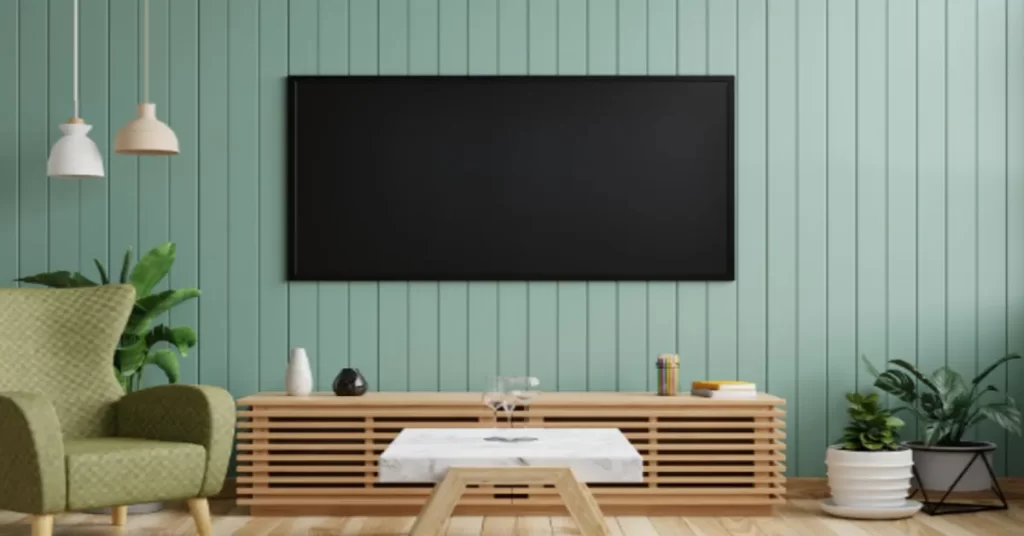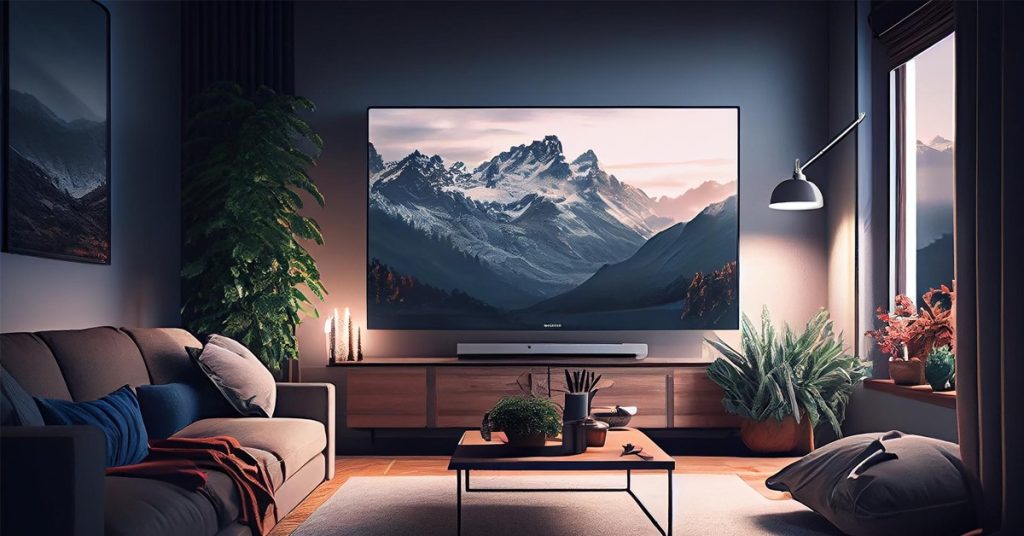Energy Efficiency in LED TVs: Saving Money and Reducing Your Carbon Footprint
Coal and other fossil fuels are burned to provide the majority of the power used in the world. Reducing the amount of electricity we use for lighting will significantly lessen our carbon footprint. The simplest method to achieve this is to switch from conventional fluorescent lighting to LED, which will significantly reduce carbon emissions and create an environment that uses less energy at work.
The energy consumption of LED lighting is less than 80% of that of a typical incandescent bulb. Because so little fossil fuel is used in its production, this alone will help lower your carbon impact.It’s now easier than ever to reduce your carbon footprint by changing to LED lighting, with options to retrofit existing light fittings or replace them entirely. While replacing the current bulbs won’t require a significant overhaul, you’ll still profit from LED technology.
Understanding Energy Efficiency
Energy efficiency in LED TVs is the capacity to provide excellent picture quality with the least amount of power consumption. Light-emitting diodes (LEDs) are used in LED TVs, as opposed to more traditional technologies like plasma or CRT TVs, to illuminate the screen. Since LEDs need less electricity to provide the same degree of brightness as conventional lighting techniques, they are naturally energy-efficient.
Cost Savings
The financial savings that come with selecting an energy-efficient LED TV are among its most obvious advantages. Over time, these TVs’ lower electricity consumption compared to older models results in cheaper utility bills. The Department of Energy claims that replacing a non-LED TV with an energy-efficient LED TV can result in long-term energy cost savings of heavy bills for the typical home.
Furthermore, a lot of contemporary LED TVs have sophisticated features like energy-saving settings and automated brightness adjustment. These capabilities further improve energy efficiency and cost savings by dynamically optimizing the TV’s energy consumption based on ambient lighting conditions and the material being presented.
Impact on the Environment
Choosing an energy-efficient LED TV can benefit the environment in addition to saving money. Lower greenhouse gas emissions from the production of electricity are directly related to reduced energy use. You can lessen climate change and help create a cleaner environment by selecting energy-efficient electronics.Compared to previous TV technologies, the production of LED TVs is often a more environmentally healthy process. Environmentally hazardous materials and chemicals are used less frequently in LED TVs, and many manufacturers make an effort to use recycled materials into their products to further lessen their impact on the environment.
Tips for Maximizing Energy Efficiency
Although power consumption is minimized in energy-efficient LED TVs, there are further measures you can take to optimize their energy efficiency:
Adjust Brightness Settings: You may save a lot of energy by lowering the brightness when viewing TV in a poorly lit room.
Turn on Energy-Saving Modes: The majority of contemporary LED TVs come with energy-saving modes that automatically change settings to save energy usage.
Switch Off When Not in Use: Rather than keeping your TV on standby mode when you’re not using it, develop the practice of turning it off.
Use Timers: To turn the TV off automatically after a predetermined amount of inactivity, use timers or sleep modes.
Choose Energy Star Certified TVs: Look for TVs with the Energy Star label, indicating they meet strict energy efficiency guidelines set by the Environmental Protection Agency (EPA).
Conclusion
Purchasing an energy-efficient LED TV is a wise decision for both parties. You not only save money on energy costs and get top-notch entertainment, but you also contribute to resource conservation and environmental protection. We can anticipate even more advancements in energy efficiency as technology develops, which will make making sustainable decisions in our daily lives simpler and more fulfilling.












